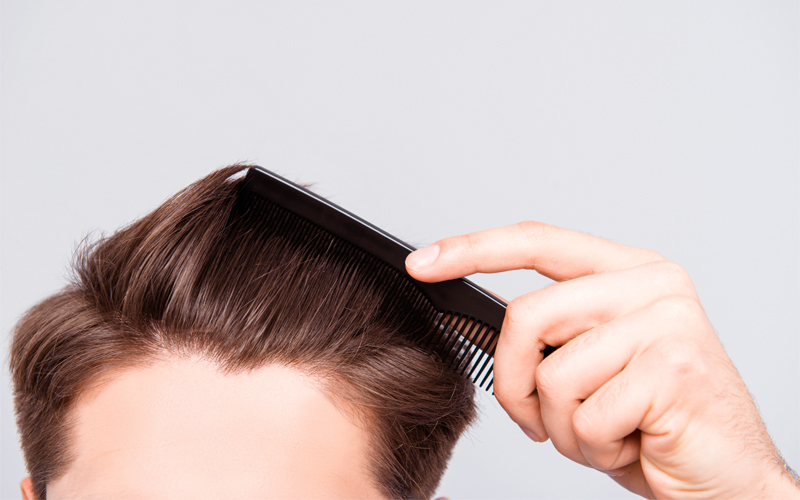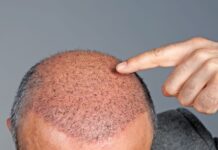
It is the most widespread cause of hair loss among men and women alike. The condition is notorious for being a common ordeal that humanity has suffered throughout the ages. While the different blends of remedies, misdiagnosis, and the feeble attempts at understanding the underlying cause of the receding hairline may not have been successful at resolving the age-old conundrum; they were indeed effective in dimming the truth.
Many of the current misconceptions about hair loss have been circulating for years, and it’s time to disrupt this cycle. Below, we will dispute some of the longstanding myths about hair loss. For more information about androgenic alopecia (male pattern hair loss MPHL) and its treatments, check Vera Clinic.
1. High-levels of androgens behind male pattern hair loss

The conjecture that MPHL is the result of high levels of androgens are false. They indeed cause male pattern hair loss. However, it is not the secreted levels of androgens as much as it is a matter of sensitivity to testosterone.
The phenomenon of MPHL is attributed to two properties: androgen resistance and sensitivity in follicular units. The sensitive follicular units tend to have a higher number of androgen receptors in comparison to androgen resistant follicular units. Therefore, androgen-sensitive follicular units are more susceptible to the adverse consequences of testosterone. The discrepancy in androgen sensitivity is what creates the notorious pattern of hair loss. Follicular units in the crown and hairline are more likely to be androgen-sensitive, whereas follicular units in the back of the scalp are more likely to be androgen resistant.
How and why androgens stimulate cellular activity that leads to miniaturization in scalp follicular units is not yet understood. What is understood thus far is that the levels of testosterone have little to do with the peculiar phenomenon.
2. Hair products can cause your hairline to recede

Harmful components in a product could potentially cause hair loss but not male pattern hair loss. MPHL is an inherited condition. Meaning, the ratio of androgen-resistant follicular units to androgen sensitive follicular units as a matter of chance in the game of chromosomes.
There is no clear-cut method to discover the fate of your scalp early on. Looking at both sides of your family may give you a vague idea of what the future could hold for your hairline.
3. It cannot be reversed

The lack of awareness on MPHL from a scientific perspective can mislead the affected patients. Noticing the intensity by which your hair is shedding can fill you with anxiety. Instead of wasting your time and money on products that only provide false hope, get your hands-on FDA approved medications.
For non-advanced hair loss, medications such as minoxidil and finasteride can prevent the condition from progressing. The former comes in the form of a serum that stimulates blood to circulate., Whereas the latter is a pill that blocks the conversion of testosterone to its more aggressive counterpart, DHT.
In advanced cases of MPHL, neither minoxidil or finasteride can revive the permanently dormant follicular units. In which case, the practical solution is FUE hair transplantation.
FUE hair transplants are minimally invasive procedures that extract androgen resistant follicular units from areas of hair growth and relocates them to the balding scalp where they permanently generate hair growth. The results of the transplantation are permanent, natural, and scar-free.
















